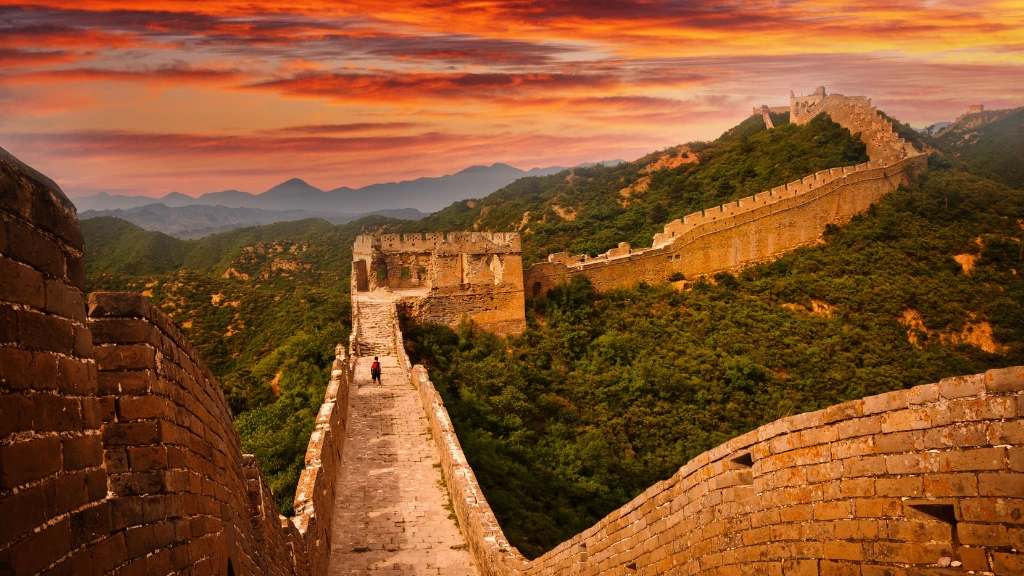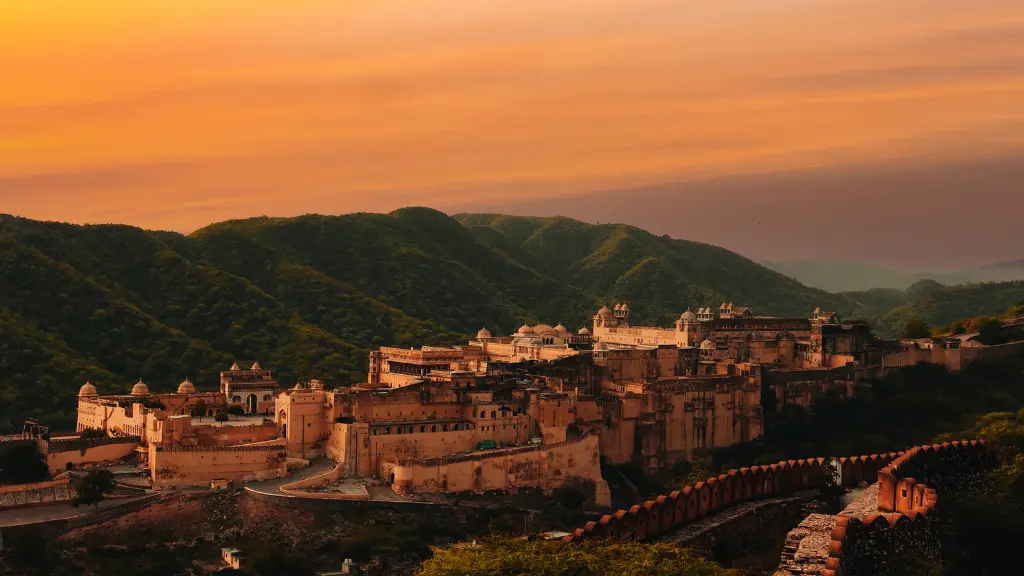Introduction
The Great Wall of China stands as one of the most iconic and breathtaking architectural achievements in human history. Spanning over 13,000 miles across northern China, this ancient structure is not only a testament to China’s engineering prowess but also a symbol of the country’s rich history, cultural depth, and resilience. Built over centuries, the Great Wall was initially constructed to protect Chinese states and empires from foreign invasions and raids, but today, it serves as a monument of human perseverance and an international travel destination.
For travelers from the USA, visiting the Great Wall is a bucket-list adventure that combines awe-inspiring sights with a deep dive into the fascinating story of China’s past. Whether you’re a history enthusiast, an avid hiker, or simply looking to capture incredible views, the Great Wall offers an unparalleled experience.
You May Also Like: Chichen Itza: Unveiling Mexico’s Ancient Mayan Marvel
Historical Background
The history of the Great Wall of China stretches back more than 2,000 years. The wall wasn’t built all at once; rather, it was constructed over different dynasties, starting as early as the 7th century BC. The most well-known sections of the wall, including those often visited today, were constructed during the Ming Dynasty (1368–1644).
The primary purpose of the wall was to defend China against invasions from nomadic tribes, especially the Mongols, who frequently posed a threat to Chinese civilizations. The wall functioned not only as a defensive barrier but also as a means of border control, allowing Chinese rulers to regulate trade and manage immigration along the Silk Road.
Architectural Marvel
The sheer scale and complexity of the Great Wall of China are difficult to comprehend until you see it in person. It spans rugged mountains, dense forests, and barren deserts, showcasing an incredible range of terrain. The wall itself is built from a variety of materials, including brick, tamped earth, and stone, depending on the availability of resources in different regions.
What sets the Great Wall apart from other historical landmarks is its adaptability to its surroundings. In some sections, the wall rises to heights of over 26 feet, while in others, it seamlessly blends into the natural landscape, using cliffs and rivers as additional defense barriers. The watchtowers and signal towers positioned along the wall were used to spot incoming invaders and communicate across vast distances using smoke signals and fire beacons.
The Ming Dynasty sections of the wall, especially near Beijing, are renowned for their elaborate stone construction and the meticulous restoration work that has kept them preserved for modern visitors.
Sections of the Wall Worth Visiting
When planning a trip to the Great Wall, it’s important to know that not all sections of the wall are the same. Each section offers a unique experience, from well-preserved tourist-friendly areas to more remote and rugged sections for adventurous hikers.
1. Badaling
Perhaps the most famous and frequently visited section of the Great Wall, Badaling is easily accessible from Beijing and offers well-preserved, restored pathways. Badaling is a great option for families or travelers looking for an easier climb with plenty of amenities, including cable cars and vendors. It’s ideal for first-time visitors wanting to experience the grandeur of the wall without venturing too far off the beaten path.
2. Mutianyu
Another popular section, Mutianyu, is known for its scenic beauty and slightly less crowded atmosphere compared to Badaling. This section is also accessible from Beijing and features well-restored areas that are ideal for photography. Mutianyu is suitable for travelers looking for a less commercialized experience while still having access to amenities like cable cars and restaurants.
3. Jinshanling
For a more adventurous experience, Jinshanling is a favorite among hikers. Located further from Beijing, this section has both restored and unrestored portions of the wall, providing a more authentic glimpse into its ancient past. The hike along Jinshanling offers stunning views of the surrounding mountains and valleys, making it one of the most picturesque parts of the Great Wall.
4. Simatai
Simatai is known for its steep climbs and dramatic scenery. It’s one of the few sections that is open for night tours, offering a unique opportunity to experience the wall under the stars. Simatai is best suited for travelers looking for a challenge, as it’s one of the steepest sections of the wall.
Cultural Significance
The Great Wall of China isn’t just an architectural wonder; it’s also a cultural symbol that has come to represent the strength and unity of the Chinese people. In Chinese history, the wall reflects a deep desire to protect and preserve their civilization from external threats.
Beyond its military function, the wall also became a symbol of political control and cultural exchange. The Great Wall marked the northern boundary of China, defining the limits of Chinese influence and the beginning of the vast Central Asian steppes. Throughout history, it has inspired countless poems, legends, and artistic depictions in Chinese culture.
For modern-day visitors, the Great Wall serves as a reminder of the enduring legacy of China’s imperial past, while also offering a chance to connect with the spirit of the Chinese people through their remarkable achievements in architecture and engineering.
Travel Tips for Visiting the Great Wall of China
When to Visit
The best times to visit the Great Wall of China are during the spring (April to June) and autumn (September to November). During these months, the weather is mild, and the surrounding landscapes burst with color—either with blooming flowers in the spring or vibrant autumn leaves. Summers can be hot and crowded, while winters, though less busy, can be cold and icy, particularly in the higher sections of the wall.
What to Wear
Comfortable shoes are a must when visiting the Great Wall, especially if you plan on hiking more rugged sections like Jinshanling or Simatai. Dress in layers, as temperatures can vary, particularly if you’re hiking uphill. Don’t forget sunblock, sunglasses, and a hat for protection from the sun.
Prepare for Crowds
Popular sections like Badaling can get crowded, especially on weekends and during holidays. If you’re seeking a quieter experience, consider visiting Mutianyu or heading to more remote sections of the wall early in the morning to avoid the crowds.
Consider Guided Tours
For first-time visitors, guided tours can offer valuable insights into the history and significance of the Great Wall. Many tours also offer transportation from Beijing, making it easier to reach the wall without worrying about logistics.
Conclusion
The Great Wall of China is more than just a wall—it’s a monumental achievement that spans centuries and embodies the spirit of resilience, determination, and cultural pride. For American travelers, visiting the Great Wall is a once-in-a-lifetime experience that offers a deep connection to Chinese history, breathtaking scenery, and an opportunity to witness one of the Seven Wonders of the World.
Whether you’re marveling at the stunning landscapes from the heights of Mutianyu, exploring the less-trodden paths of Jinshanling, or standing in awe at the well-preserved sections of Badaling, the Great Wall of China promises an unforgettable journey through time, history, and human ingenuity.










